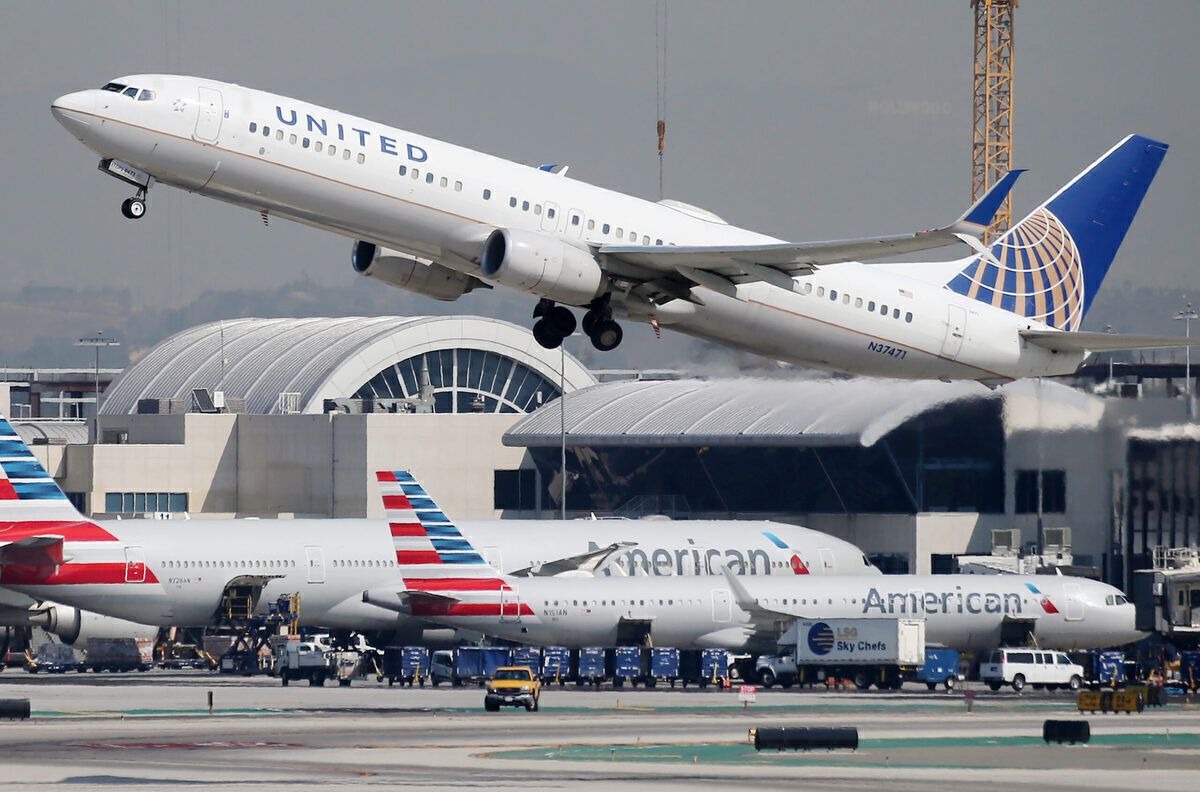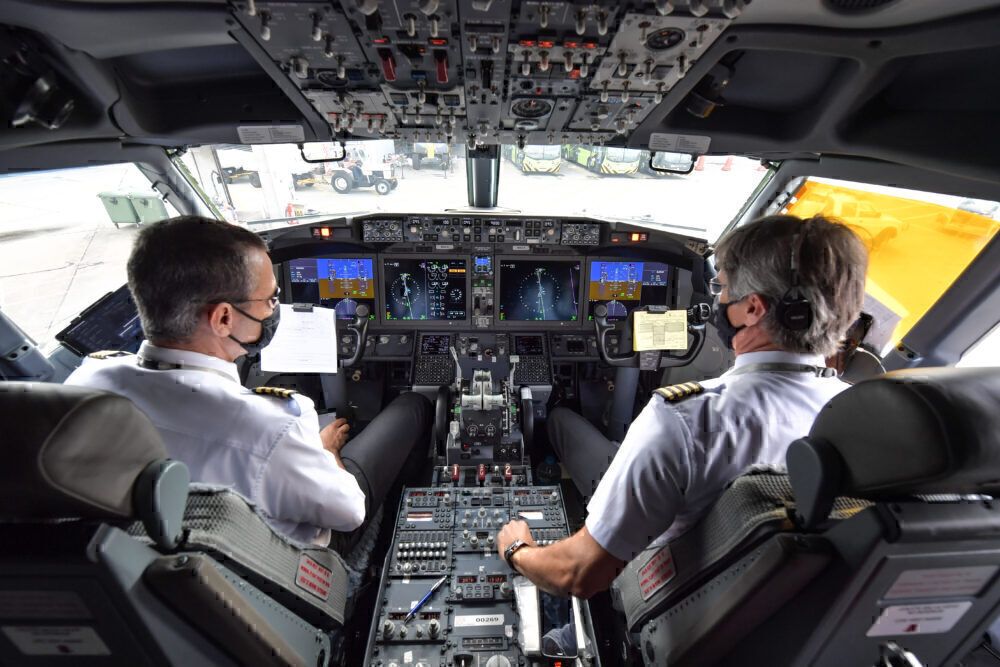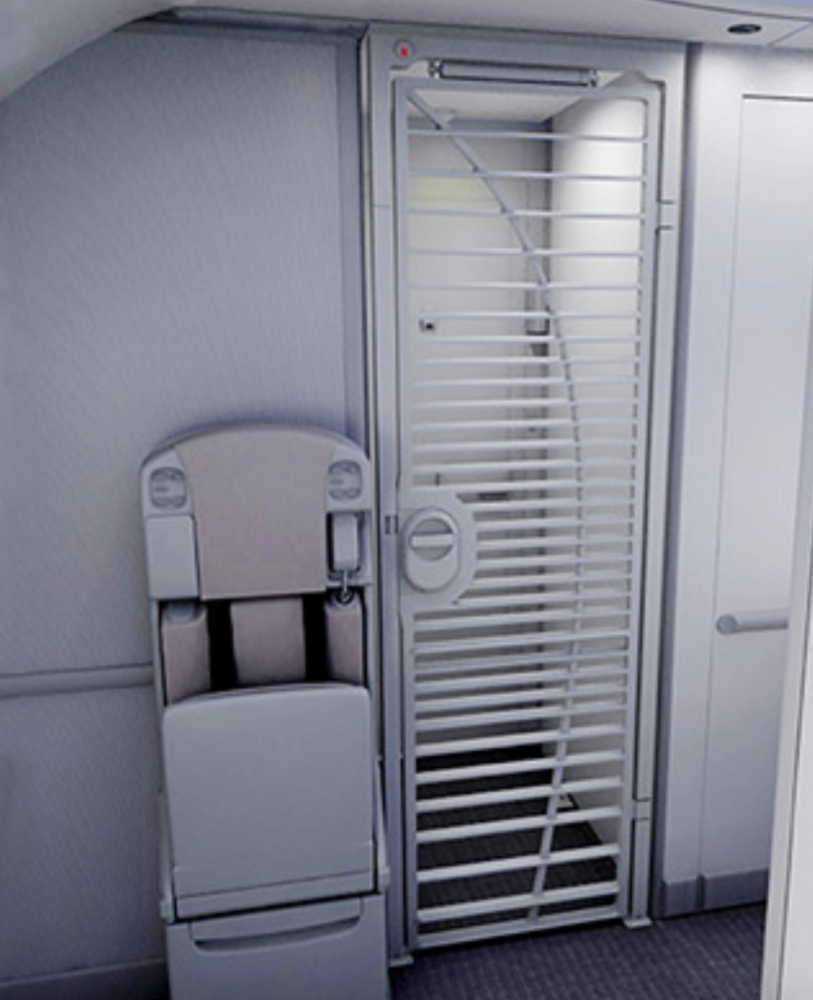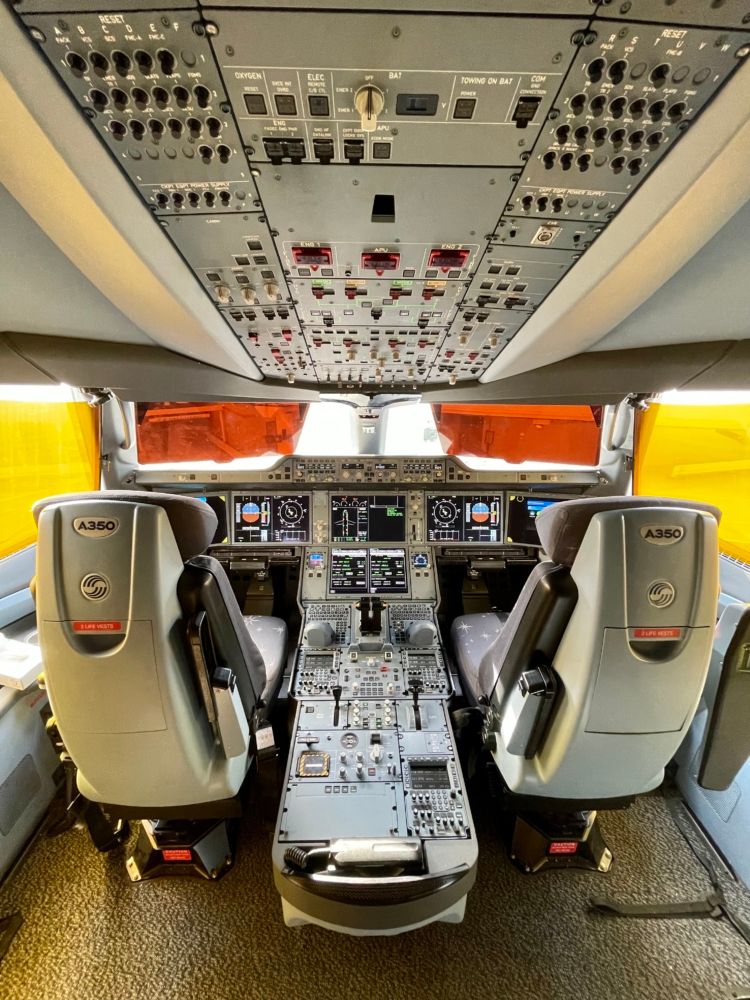The Air Line Pilots Association (ALPA) in the United States is pushing the US Federal Aviation Administration (FAA) to issue a final secondary flight deck barrier regulation before September 11th, 2021. Highlighting the 20th anniversary of the 9/11 attacks and the rise in unruly passengers, the organization sent a letter to Secretary of Transportation Pete Buttigieg urging the government to take action.
ALPA pushes for secondary barrier rule
On August 11th, Capt. Joseph G. DePete, President of ALPA, penned a letter on behalf of the pilots union to Secretary Buttigieg regarding the matter. Capt. DePete stated the following in the letter:
“We learned on 9/11 the vulnerability of the flight deck and are being reminded almost daily that the threats persists despite the FAA’s clear direction from Congress to address it. The FAA’s inaction is particularly egregious considering Congress mandated this nearly three years ago."
2021 has also seen the rise of unruly passenger reports. Despite the FAA levying heavy fines against unruly passengers, that has not kept the skies clear of incidents, and flight attendants and pilots have had to take serious action. In the midst of all this, ALPA has renewed its push for a secondary barrier regulation.
What is the secondary barrier?
The secondary barrier is exactly what it sounds like. It is designed to be a second layer of security to protect the flight deck from possible breaches when the cockpit door is open during the flight.
Some airline passengers may have noticed a flight attendant standing with a cart blocking the aisle at the front of the aircraft during flight. Flight attendants generally do this when the pilots need to use the restroom, pilots have to change shifts, or when meals have to be delivered to the cockpit and the door has to open. The flight attendant's role is to prevent people from entering the cockpit during this time.
The secondary barrier would eliminate that requirement and enhance the security of the cockpit. These hardened flight deck doors are intended to provide greater security than what the flight attendant traditionally provides.
Most older aircraft in the skies today do not have a secondary barrier onboard. However, some newer aircraft come with a secondary barrier, including on most Boeing and Airbus aircraft. In addition, both manufacturers offer an installation of retrofitted secondary barriers on aircraft.
Congress has mandated secondary cockpit barriers
In 2016, alongside the Federal Aviation Administration reauthorization bill, a new mandate requiring the FAA to introduce regulations and requirements for secondary cockpit barriers became law. Since then, however, the FAA has not yet offered a regulation.
ALPA has been vocal in its concerns with the FAA's lack of a mandate five years after the Senate passed the reauthorization bill. The FAA has been studying the issue and has provided some guidance for airlines that choose to install secondary barriers.
Capt. DePete added the following:
“For nearly 20 years, ALPA has been committed in ensuring that the legacy of all who lost their lives or were harmed on September 11, 2001, is that of a safer and more secure U.S. air transportation system. As we prepare to mark two decades since these attacks, it remains deeply concerning and frustrating that the FAA has not followed the law and continues to delay a final rule to require secondary barriers. ALPA once again calls for the FAA to issue a regulation that would require all newly manufactured passenger aircraft to be equipped with secondary flight deck barriers before they enter service, and as we have for decades, ALPA stands willing and able to assist in implementing this rule immediately."
While the aviation landscape has changed significantly since 2001, security continues to be a top priority in the aviation industry. Security was one of the reasons Congress pushed the FAA to create a final secondary flight deck barrier regulation.
The ball is in the FAA's court to issue a ruling for secondary flight deck barriers. Even if one does come before September 11th, it will certainly be impossible for every aircraft flying in the US to add secondary flight deck barriers to all of their aircraft. Some aircraft already have barriers in place.
Do you think the FAA should issue a secondary flight deck barrier regulation? Let us know in the comments!




